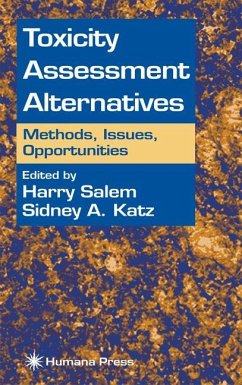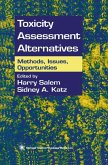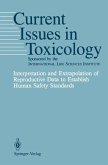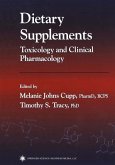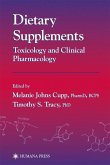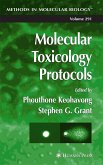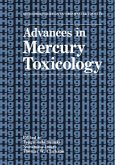Toxicity Assessment Alternatives: Methods, Issues, Opportunities contains a broad array of critical surveys, contributed by active and respected investigators, describing their research and offering updates on toxicity assessment alternatives, directions determined by current and future grant programs, opportunities for mechanistically based test methods to detect endocrine disruptor activity, the use of alternatives in the Department of Defense hazard assessment initiatives, and the issues and opportunities for validation and regulatory acceptance. Several of these advances make use oftransgenic models that reduce the time and cost of carcinogenicity testing. Others use tissue cultures for the assessment of endocrine disrupting chemicals. Cultures of human epidermal keratinocytes are applicable as models for sulfur mustard lesions, and in vitro protein denaturation is used as a chemical test for assessing the ocular and dermal irritation potential of cosmetic prod ucts. Molecular modeling is applied to explaining chemical toxicity. Commercially developed assay systems have undergone extensive evaluation by their manufacturers. Some of these await external valida tion, and others await acceptance by North American and European regulatory agencies. Toxicity Assessment Alternatives: Methods, Issues, Opportunities provides information from members of the scientific and regulatory communities on what has been achieved and what has been accepted in alternatives to animal testing.
Hinweis: Dieser Artikel kann nur an eine deutsche Lieferadresse ausgeliefert werden.
Hinweis: Dieser Artikel kann nur an eine deutsche Lieferadresse ausgeliefert werden.
"The value of these methods is that they can provide alternatives to more expensive and politically sensitive animal testing methods. . .By focusing on the human keratinocyte cell system, the complex response to sulfur mustard provides an excellent case example of the value of these alternative methods, and in this, this book is unique in the field. "-Doody's Health Sciences Book Review Journal
"This book is an up-to-date description of what has been accomplished thus far in developing acceptable alternatives to classical animal toxicity assessment methods. It includes not only reviews about alternatives for animal testing as such (e.g., tissue cultures for dermal toxicity and endocrine disruptor assessment, in vitro protein denaturation to assess ocular and dermal irritation potential of chemicals, and validation of alternative tests), it also reports on increasing testing efficiency (e.g., trans-genic models that reduce time and cost of carcinogenicity testing), and it presents tools for a better understanding of the toxic process (e.g., molecular modeling to explain chemical toxicity)....it presents a handsome and conveniently arranged overview of the topics and perspectives regarding the state-of-the-art of alternative toxicity testing."-EUROTOX European Societies of Toxicology
"This book is an up-to-date description of what has been accomplished thus far in developing acceptable alternatives to classical animal toxicity assessment methods. It includes not only reviews about alternatives for animal testing as such (e.g., tissue cultures for dermal toxicity and endocrine disruptor assessment, in vitro protein denaturation to assess ocular and dermal irritation potential of chemicals, and validation of alternative tests), it also reports on increasing testing efficiency (e.g., trans-genic models that reduce time and cost of carcinogenicity testing), and it presents tools for a better understanding of the toxic process (e.g., molecular modeling to explain chemical toxicity)....it presents a handsome and conveniently arranged overview of the topics and perspectives regarding the state-of-the-art of alternative toxicity testing."-EUROTOX European Societies of Toxicology

